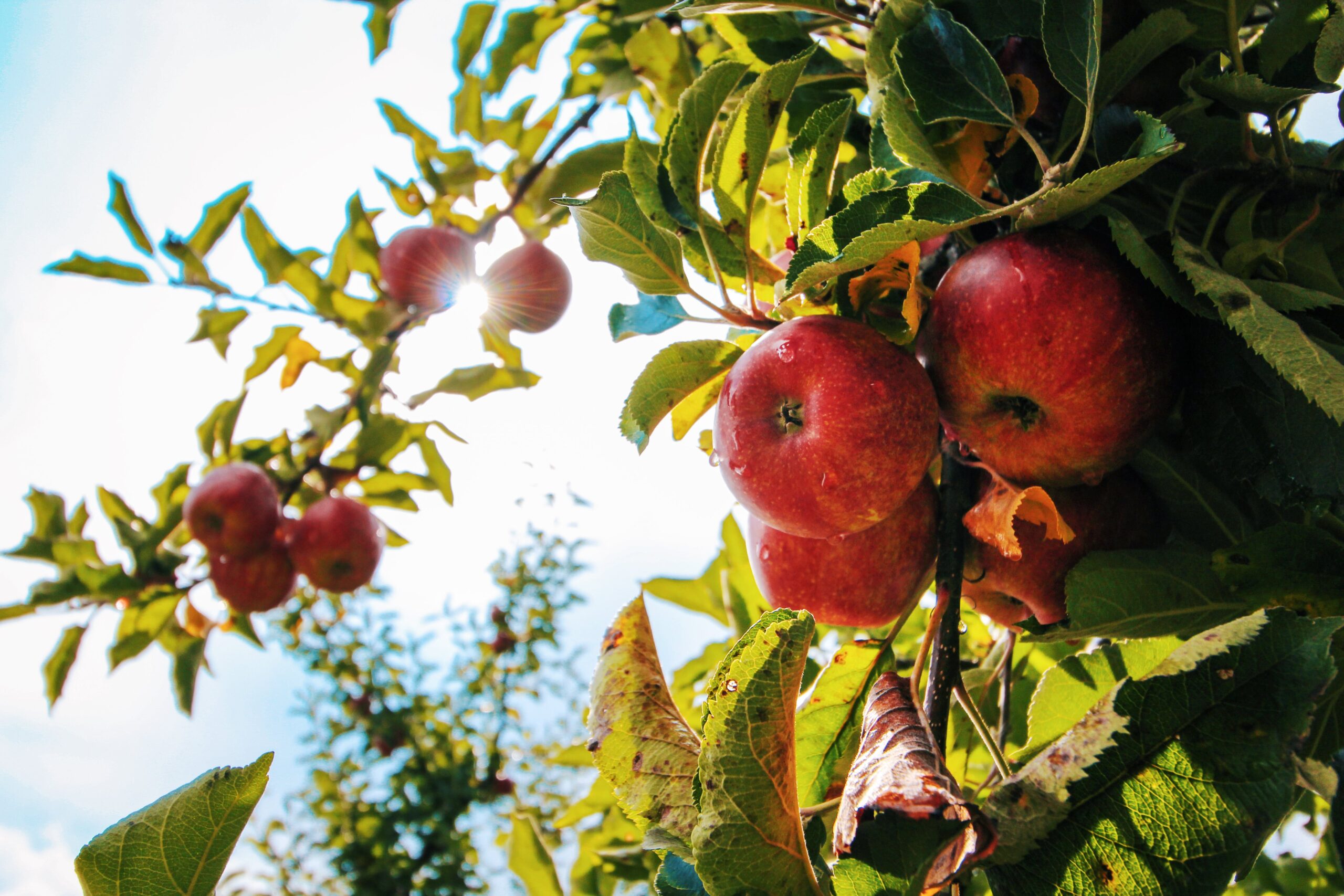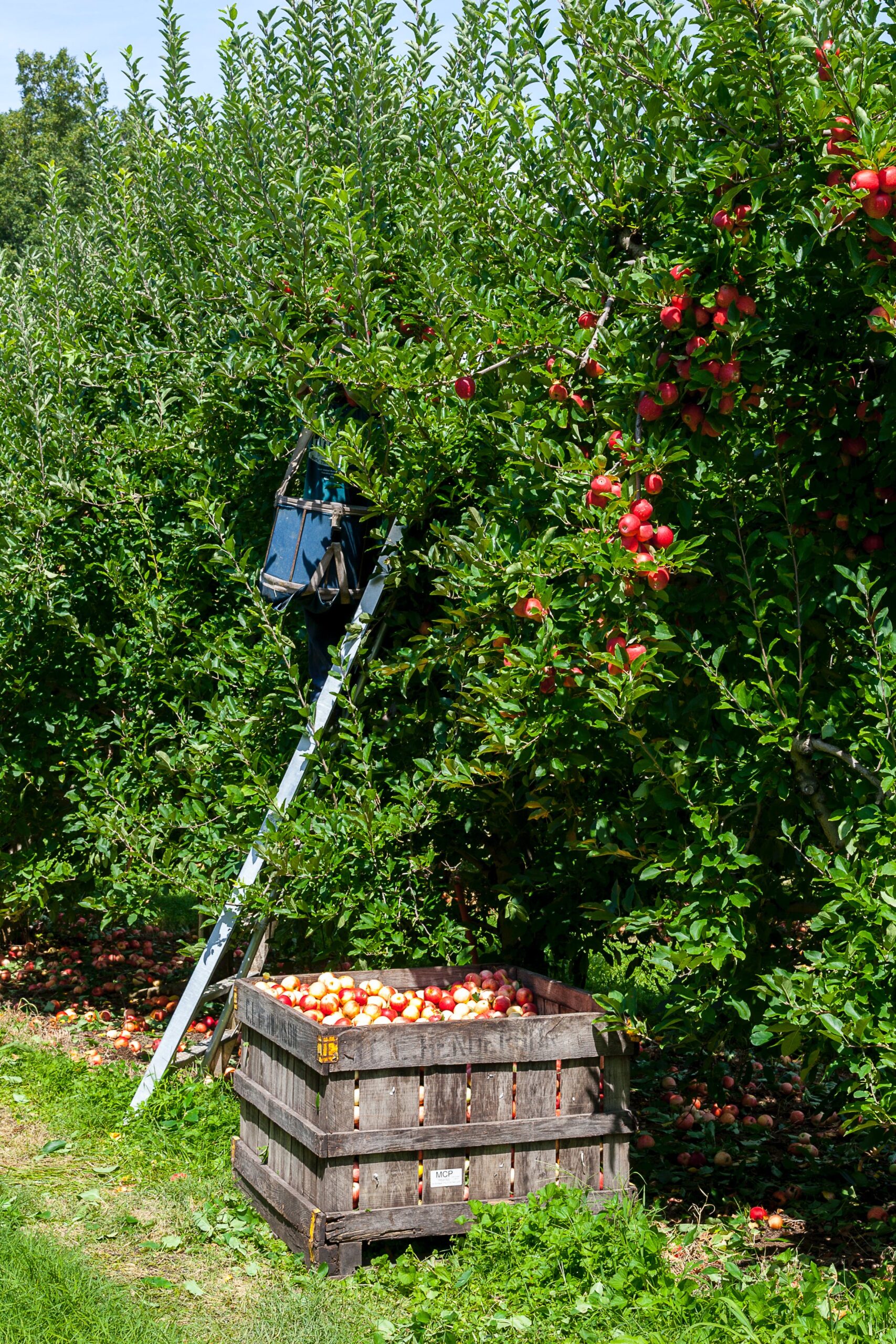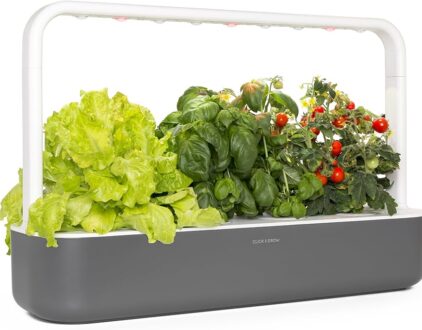Are you considering adding a bit of nature’s sweetness to your backyard? Planting a fruit tree can be an immensely rewarding—not to mention delicious—decision that connects you with the rhythms of the seasons. From choosing the perfect fruit tree to nurturing it throughout its life, here are all the details you need to know.

Choosing the Perfect Fruit Tree
Selecting the right fruit tree is kinda like choosing a companion for life. You’ll want to take into account various factors such as your climate, available space, and personal taste preferences. Here are some solid “starter” tree options. You can get saplings at a local nursery, or even online.
1. Apple Trees – The Timeless Classic
Apple trees are the quintessential choice for many orchard enthusiasts. Their adaptability to diverse climates makes them an attractive option. Whether you like sweet, tart, or somewhere in between, there’s an apple variety to match your taste. Just remember to choose a cultivar that thrives in your region’s unique weather conditions.
2. Cherry Trees – A Blossoming Beauty
Cherry trees not only bear delicious fruits but also grace your garden with stunning blossoms in spring. These trees thrive in areas with ample sunlight and well-drained soil. Varieties like Bing, Rainier, and Sour cherries offer a spectrum of flavors to savor.
3. Peach Trees – Sweet and Juicy Rewards
Peach trees promise the delight of biting into a juicy, sun-ripened peach. They flourish in warm climates, basking in the glow of abundant sunlight. Consider varieties like Elberta or Georgia Belle for their delectable, fragrant peaches.

4. Citrus Trees – A Tropical Touch
For those fortunate to reside in warmer climates, citrus trees are a tropical delight. Oranges, lemons, and grapefruits bring a slice of paradise to your backyard. With proper care, these trees can yield a continuous supply of fresh, tangy fruits. Also, if you get a lime tree, you’ll never have a shortage of garnish for your happy hour beverages. Everybody wins!
The Planting Process
After choosing your tree, or trees, you’ll want to make sure they thrive through the next harvest.
1. Location, Location, Location
If you can, select a sun-soaked spot in your garden that receives a minimum of six to eight hours of sunlight daily. Fruit trees love to thrive in sunshine. Make sure the soil in this location drains well, as waterlogged roots can spell trouble for your tree.
2. Digging the Hole
Dig a hole that’s twice as wide as the root ball and just as deep. This generous space provides ample room for the roots to spread and establish themselves comfortably.
3. Planting Your Tree and TLC
Gently remove the fruit tree from its container, taking care not to disturb the roots. Place it in the prepared hole, ensuring that the top of the root ball is level with the ground’s surface. Fill the hole with soil and gently tamp it down.
4. Soil and Mulch
Backfill the hole with the same soil you removed. Applying a two-to-four-inch layer of mulch around the base of the tree helps retain moisture, regulates soil temperature, and keeps pesky weeds at bay.
Maintenance and Care
Your fruit tree, like any relationship, requires regular attention and nurturing to thrive.
1. Watering
You may not have to water your tree necessarily, nature might do its job unless you live in a dryer climate. Keep an eye on your tree regardless and water if needed, which can range from once a week to once a month. Just be mindful not to overwater!

2. Pruning
Pruning is an art and science that involves shaping your tree and promoting healthy growth. Regularly remove dead or diseased branches to encourage new growth and maintain a balanced canopy.
Pest Control
Keep a watchful eye for common fruit tree pests such as aphids and caterpillars. Utilize organic pest control methods to protect both your tree and your precious fruit.
Fertilizing – Nutrient Boost
Feed your fruit tree with a balanced fertilizer during the growing season. This provides essential nutrients for robust growth and bountiful harvests.
popular posts
Garden

The One Product That Made All Our Indoor Gardening Dreams Come True
by Melody Beuzelin | February 7, 2024

10 Reasons Why a Home Garden Is the Ultimate Stress Reliever
by Melody Beuzelin | October 2, 2023
Spaces
Whether it’s luxury or ease, every area of your home should be as fabulous and unique as you.
FOLLOW ALONG ON INSTAGRAM
#homeandtexture
Find us on social for more home inspiration where culture, personal style, and sophisticated shopping intersect to help you create a home where you love to live.





